Flowers have long been used to convey emotions, sentiments, and messages without saying a word. Dating back to ancient times, different flowers have been assigned symbolic meanings, allowing people to express their feelings through the language of flowers. Whether you’re crafting a bouquet for a special occasion or simply adorning your home, understanding the symbolism behind each bloom can add depth and significance to your floral arrangements. Here’s a guide to the language of flowers and how to incorporate symbolism into your floral designs:
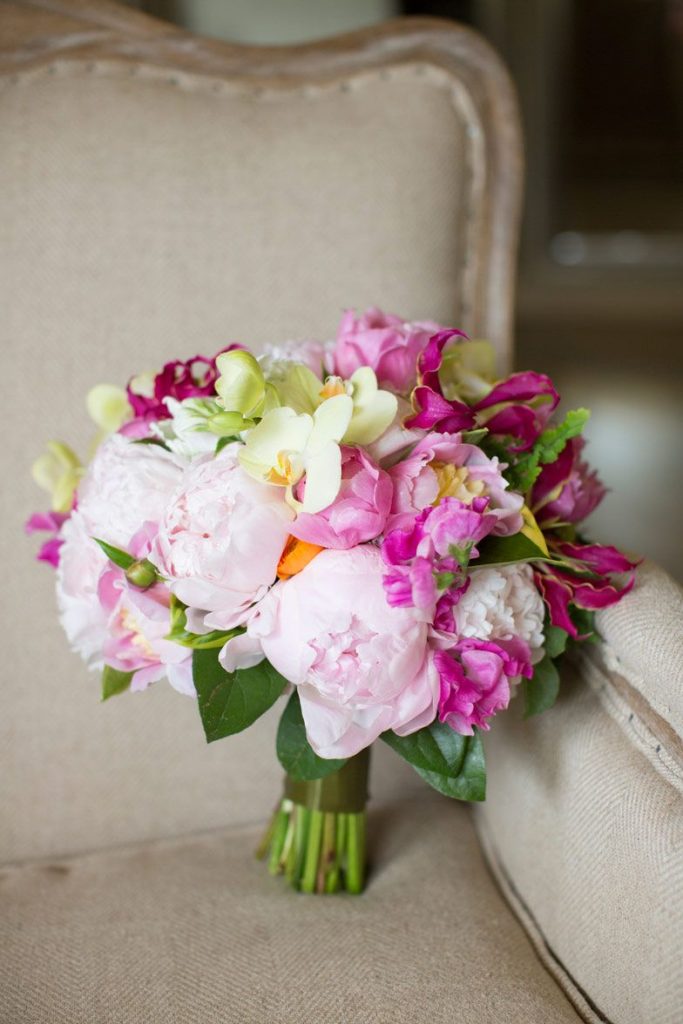
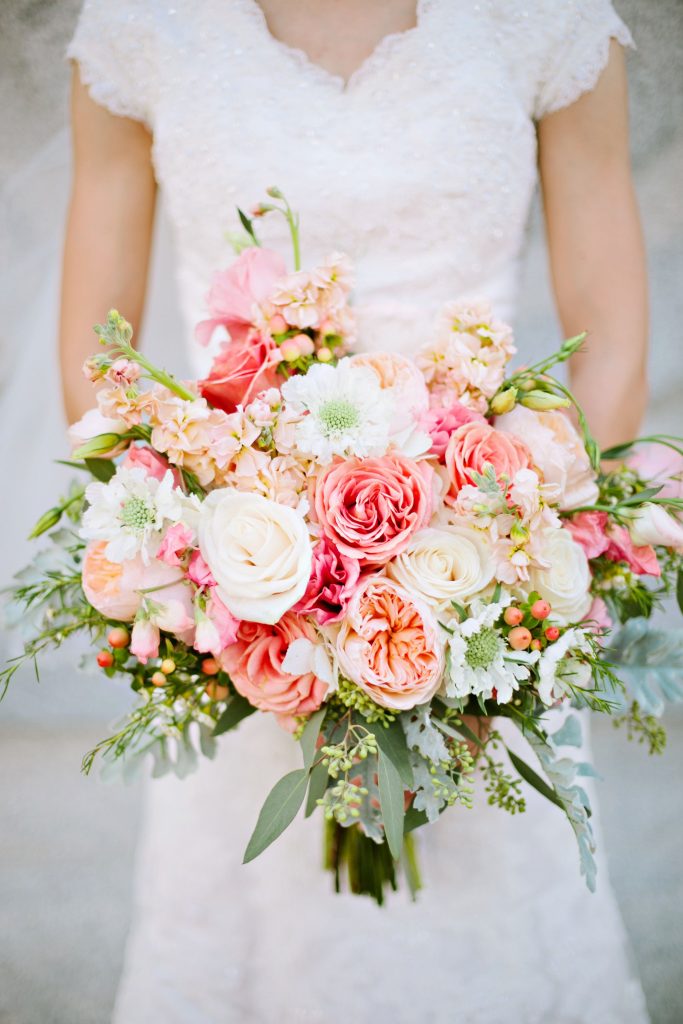
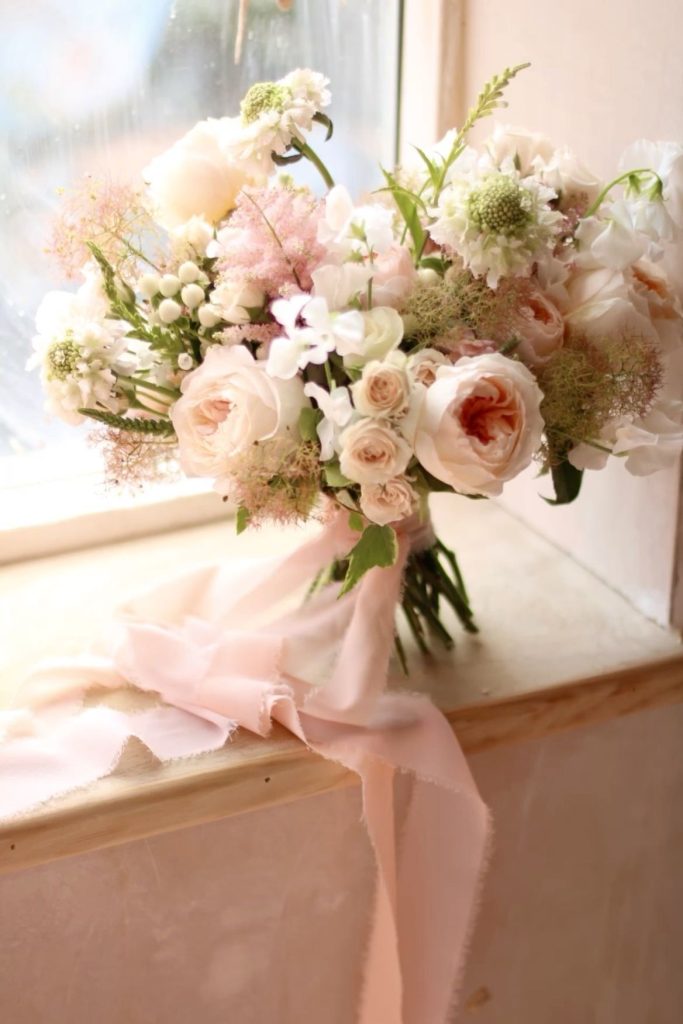
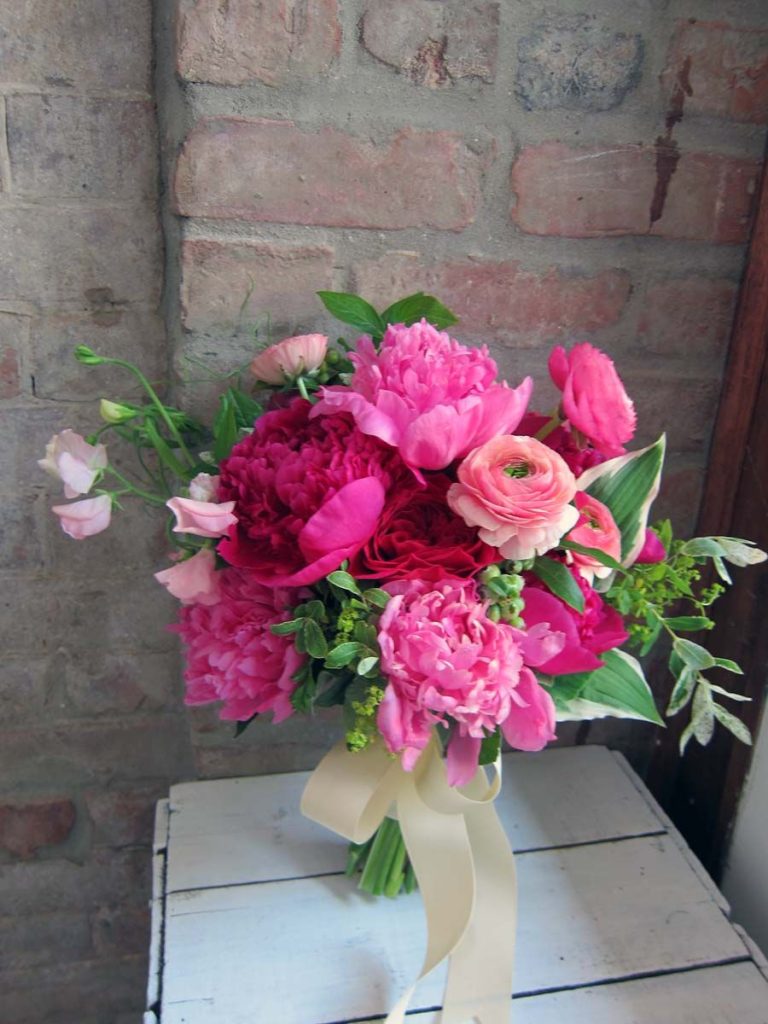
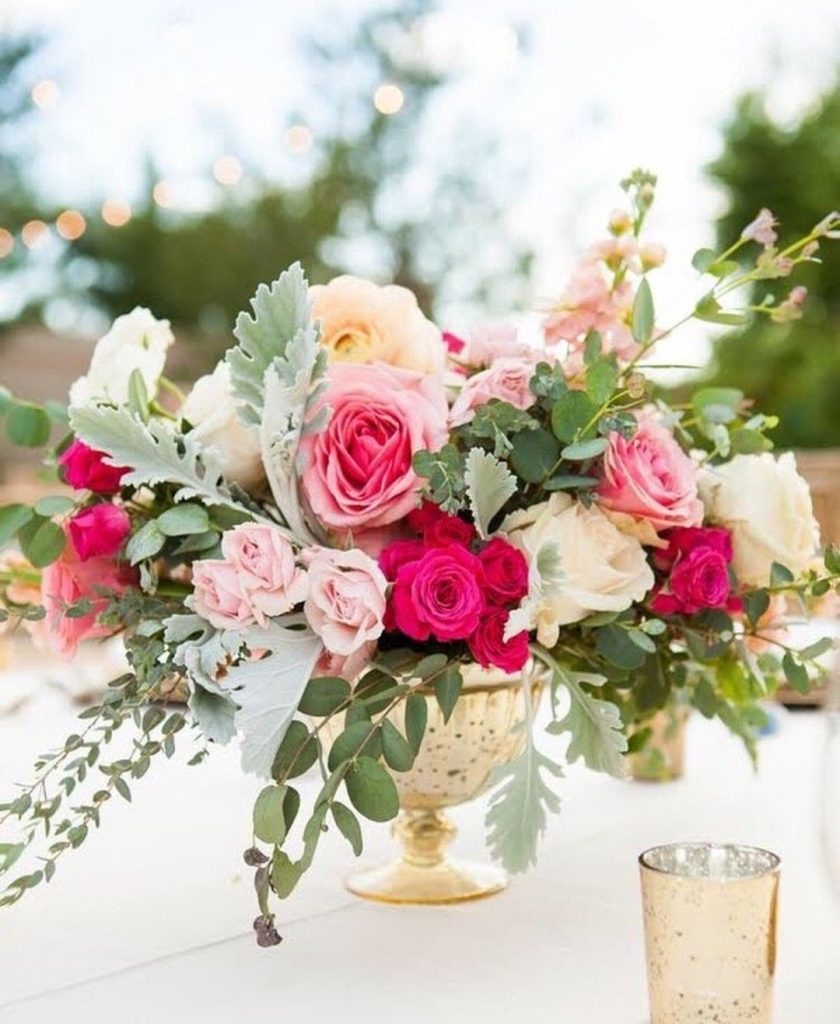
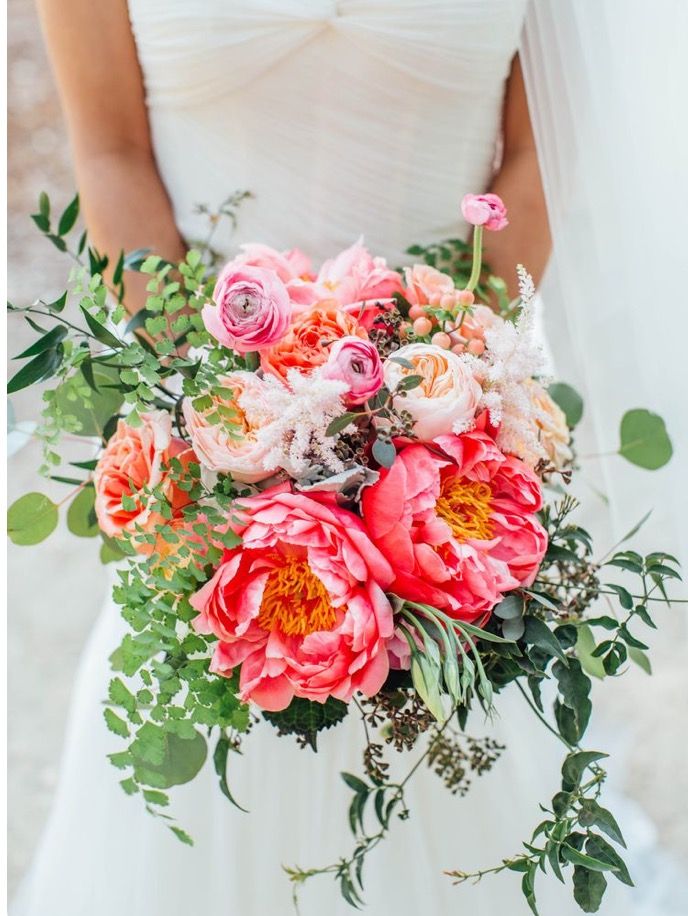
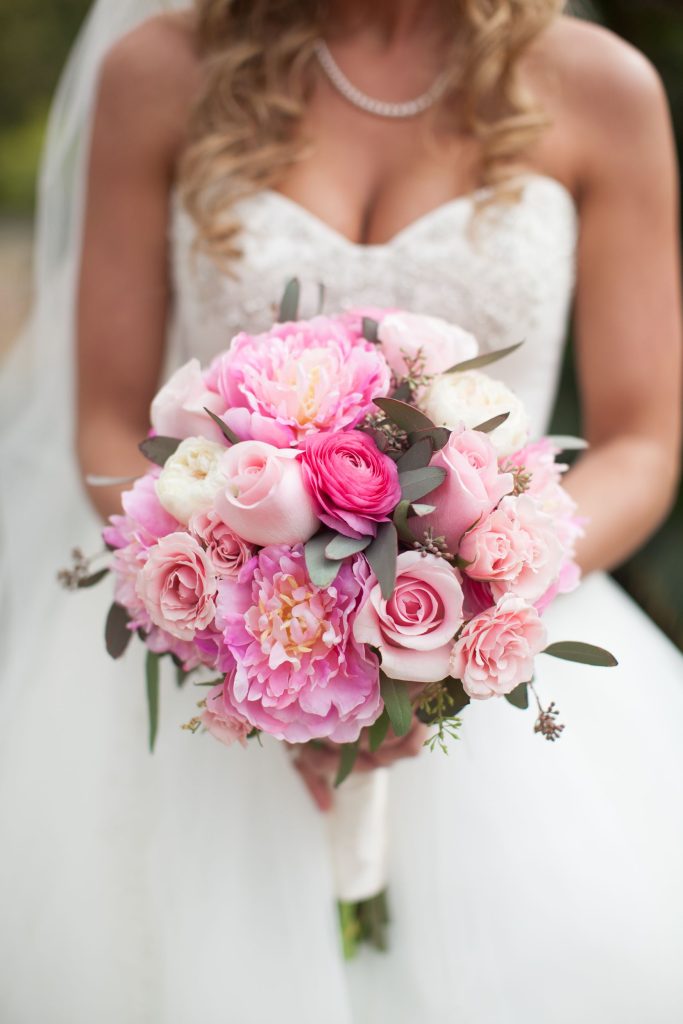
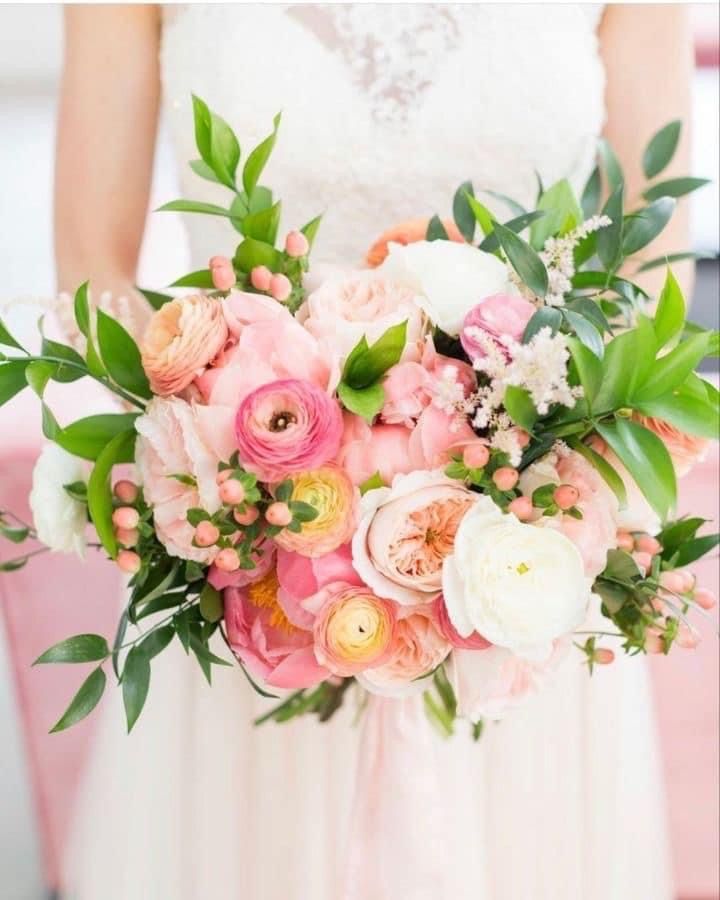
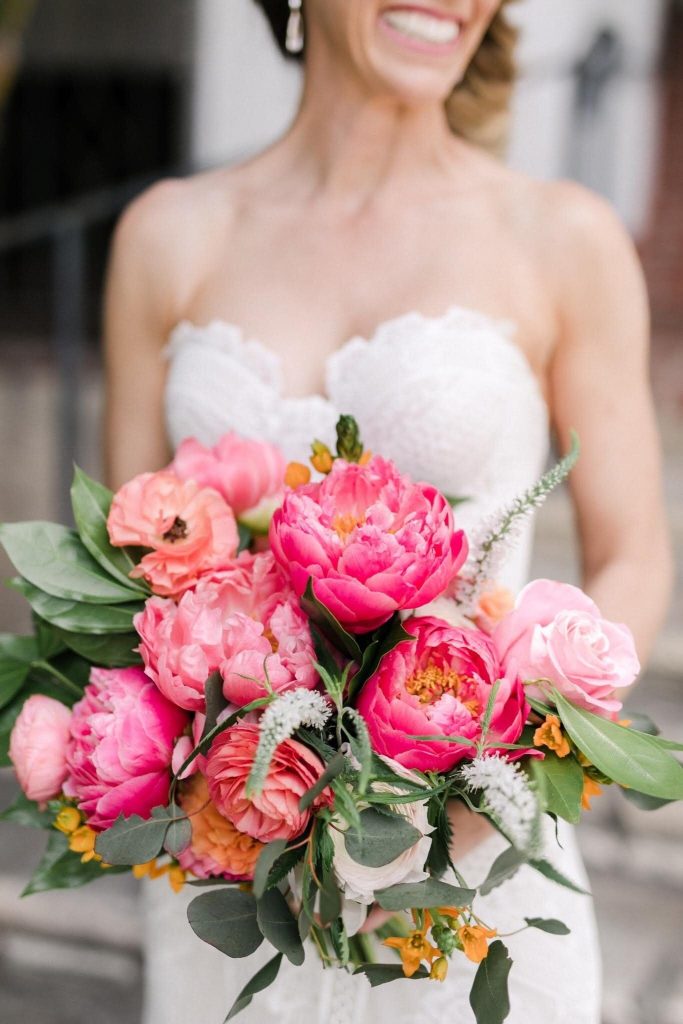
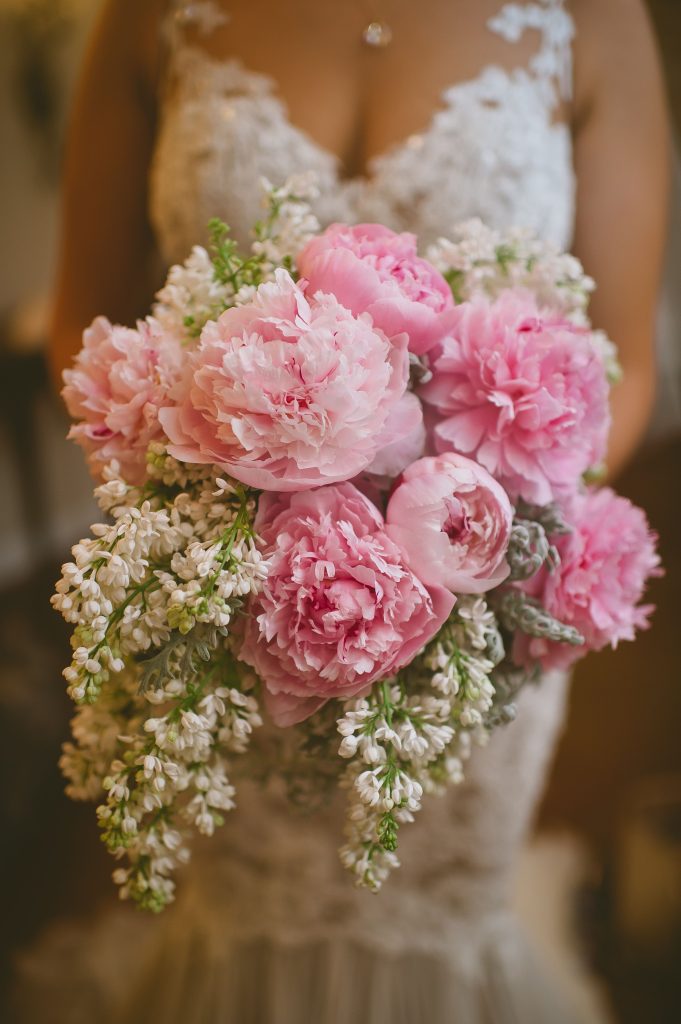
Roses:
- Symbolism: Roses are perhaps the most iconic symbol of love and romance. Different colors convey different meanings:
- Red roses symbolize passionate love and desire.
- White roses represent purity, innocence, and new beginnings.
- Pink roses convey admiration, gratitude, and appreciation.
- Yellow roses symbolize friendship, joy, and happiness.
Lily:
- Symbolism: Lilies are associated with purity, renewal, and spirituality. They are often used in weddings and religious ceremonies to symbolize purity of heart and soul.
Sunflower:
- Symbolism: Sunflowers symbolize warmth, happiness, and positivity. They are often associated with adoration, loyalty, and longevity, making them a popular choice for expressing feelings of admiration and loyalty.
Orchid:
- Symbolism: Orchids are symbols of luxury, elegance, and refinement. They are often associated with beauty, grace, and strength, making them a popular choice for sophisticated floral arrangements.
Tulip:
- Symbolism: Tulips are symbols of spring, renewal, and rebirth. Different colors convey different meanings:
- Red tulips symbolize true love and passion.
- Yellow tulips represent sunshine, warmth, and cheerful thoughts.
- White tulips symbolize purity, forgiveness, and new beginnings.
- Purple tulips are associated with royalty, elegance, and admiration.
Daisy:
- Symbolism: Daisies symbolize innocence, purity, and simplicity. They are often associated with childhood memories, joy, and happiness, making them a popular choice for cheerful and lighthearted arrangements.
Peony:
- Symbolism: Peonies are symbols of prosperity, good fortune, and abundance. They are often associated with romance, compassion, and bashfulness, making them a popular choice for weddings and special occasions.
Hydrangea:
- Symbolism: Hydrangeas symbolize gratitude, heartfelt emotions, and understanding. They are often used to express appreciation, apology, or sincere sentiment in floral arrangements.
Conclusion:
Incorporating the language of flowers into your floral arrangements adds an extra layer of meaning and significance, allowing you to convey emotions and sentiments in a beautifully expressive way. Whether you’re celebrating love, expressing gratitude, or simply brightening someone’s day, choosing flowers with symbolic meanings adds depth and thoughtfulness to your designs. Experiment with different blooms and colors to create arrangements that speak volumes without saying a word, and let the language of flowers tell your story with beauty and grace.